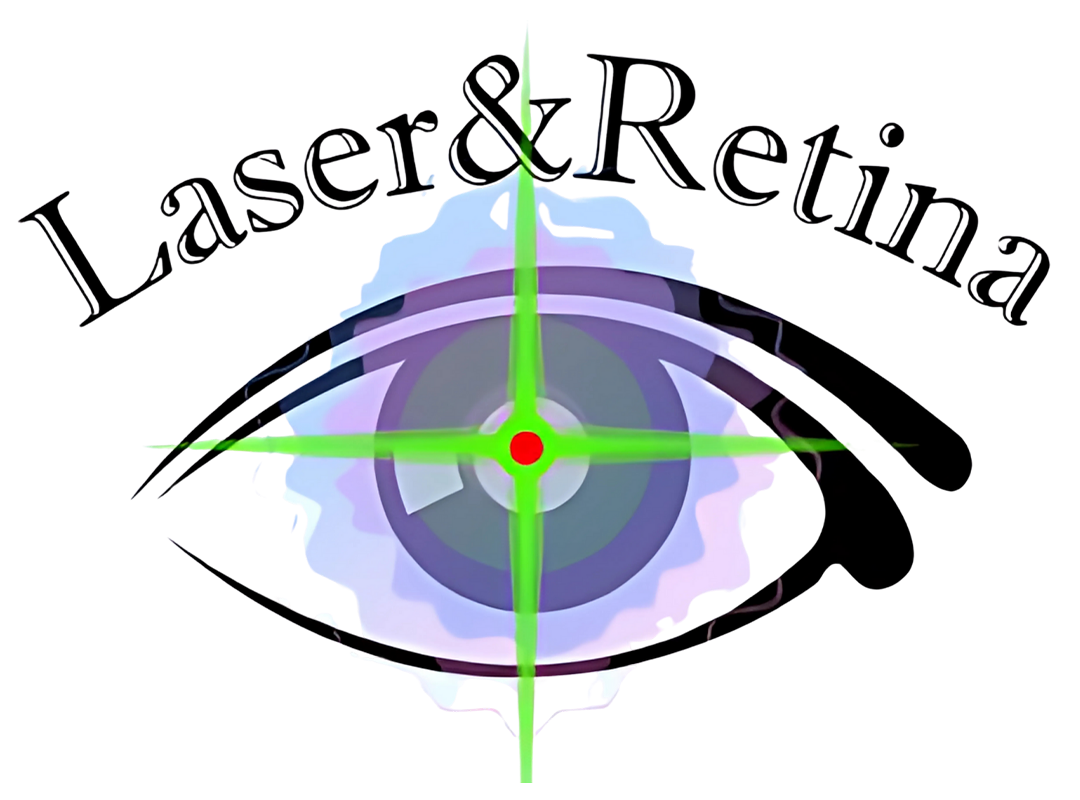Digital Eye Strain
What is Digital Eye Strain?
Digital Eye Strain, also called Computer Vision Syndrome, refers to a group of eye and vision-related symptoms that result from prolonged use of digital screens — including computers, tablets, smartphones, and televisions.
With increased screen time becoming part of daily life — for work, education, and entertainment — more people are experiencing visual discomfort, especially after extended periods of screen use without breaks.
Common Symptoms
Patients may experience:
- Eye strain or fatigue
- Dry, irritated, or burning eyes
- Blurred or fluctuating vision
- Headaches
- Neck and shoulder pain
- Difficulty focusing when shifting between near and far objects
These symptoms often worsen with longer durations of screen exposure and may temporarily improve after rest.
Comprehensive eye care
- Uveitis and Ocular Immunological Reactions
- Neuro Ophthalmology
- Digital Eye Strain
- Dry Eye Management
- Amblyopia / Lazy Eye Management
- Epiphora / Watery Eyes
Causes and Contributing Factors
- Reduced blinking rate while staring at screens (leading to dry eye)
- Improper screen distance or angle
- Poor lighting or glare
- Uncorrected refractive errors (like hyperopia, astigmatism, or presbyopia)
- Use of digital devices for prolonged, uninterrupted periods
- Blue light exposure, which may disrupt sleep and contribute to visual fatigue
Ophthalmological Evaluation
At our clinic, evaluation for digital eye strain includes:
- Assessment of ocular surface health (to rule out dry eye disease)
- Refraction check to determine if corrective lenses are needed
- Evaluation of accommodation and convergence function
- Screening for pre-existing eye conditions that may exacerbate symptoms
Treatment and Management
Most cases of digital eye strain can be managed with lifestyle adjustments and proper eye care. Our personalized approach may include:
Lifestyle & Ergonomic Tips
- 20-20-20 Rule: Every 20 minutes, take a 20-second break to look at something 20 feet away.
- Correct posture and screen positioning (screen should be 20–28 inches away and slightly below eye level)
- Adjust lighting to minimize glare
- Use anti-reflective or blue light-filtering lenses if needed
Ocular Management
- Artificial tears or lubricating eye drops to relieve dryness
- Prescription computer glasses or progressive lenses for screen use
- Treatment of underlying dry eye or refractive issues if present
When to See an Eye Specialist
If you’re experiencing persistent visual discomfort with screen use, it’s important to rule out any underlying eye conditions. Regular eye exams are essential, especially for children, remote workers, and anyone with high daily screen time.
We offer customized solutions to help reduce symptoms, improve visual comfort, and support long-term eye health in the digital age.
Comprehensive eye care
- Uveitis and Ocular Immunological Reactions
- Neuro Ophthalmology
- Digital Eye Strain
- Dry Eye Management
- Amblyopia / Lazy Eye Management
- Epiphora / Watery Eyes
